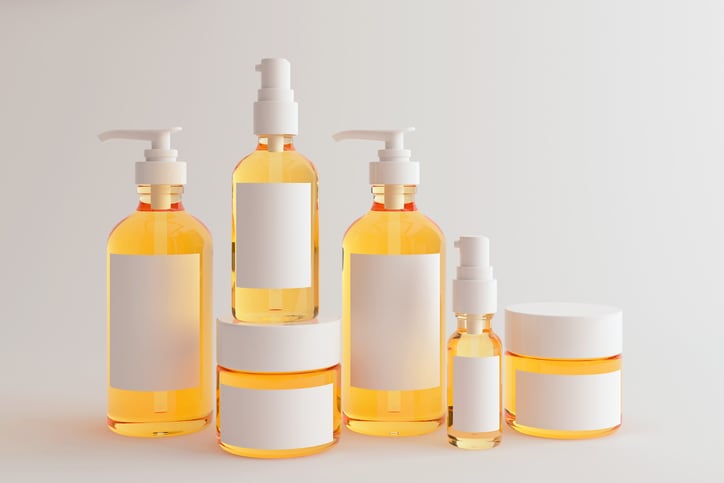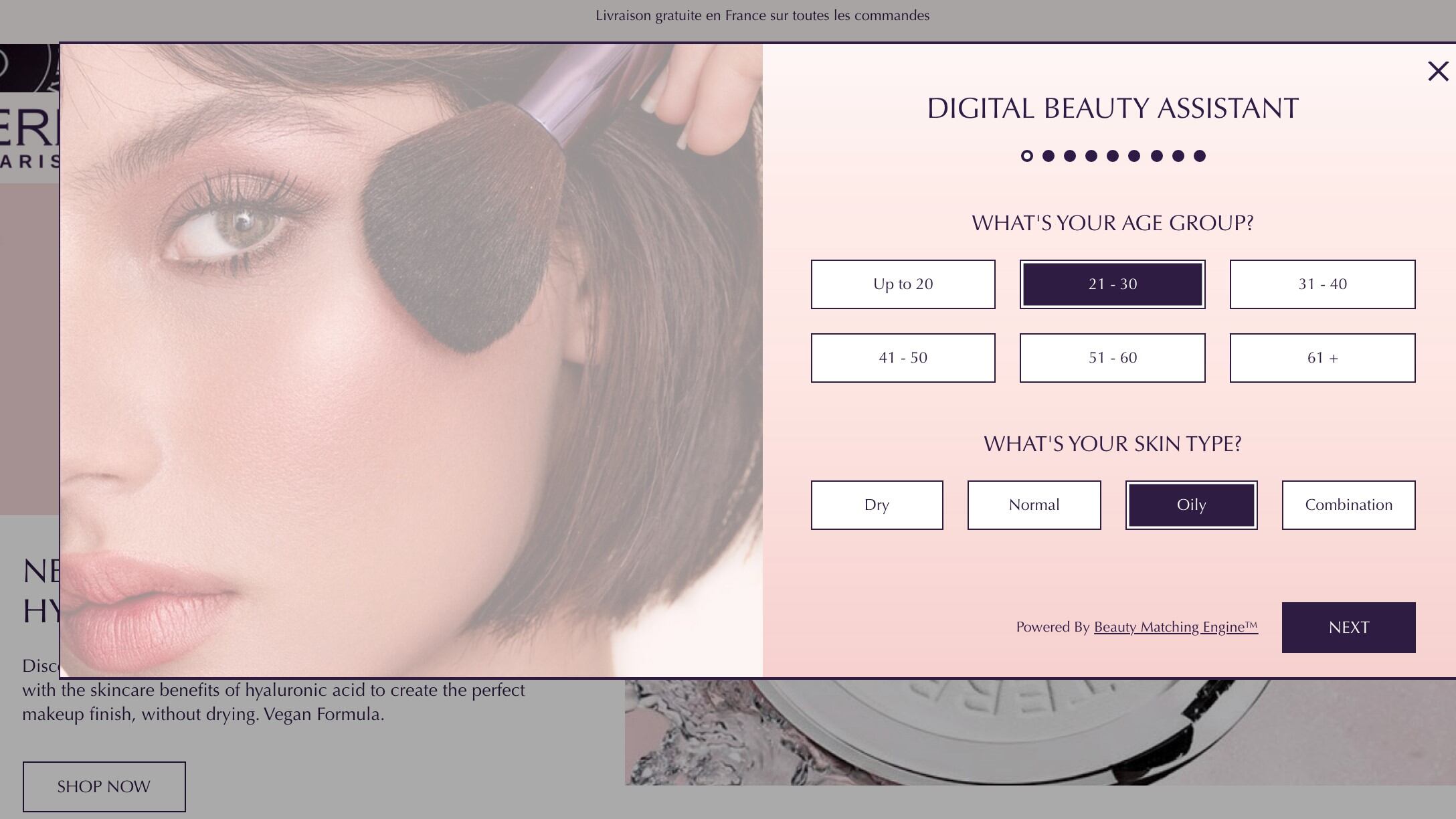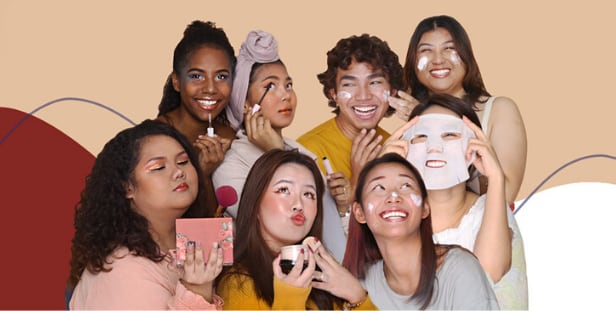Published in Retailing and Consumer Services, researchers from the University of South Carolina investigated the Twitter networks of two multi-brand cosmetic retailer majors – Sephora and Ulta Beauty – to analyse their social media network approaches. The study aimed to plug an “important void in existing literature”; looking at the social network characteristics of a brand versus understanding consumer behaviours.
Sephora and Ulta Beauty have ‘limited control’ over networks
The researchers analysed the Twitter data of the brands’ ego-networks @Sephora and @UltaBeauty and the whole network of brand hashtags #Sephora and #UltaBeauty for eight days. Analysis was conducted between November 20 and November 27, last year – across week days and the weekend and during Black Friday (November 24) and Cyber Monday (November 27).
“The findings from analysing network patterns reveal that while brands are able to deliver messages through digital platforms, they may only have limited control over the communications within networks, and thus cannot govern the spread of information,” the researchers wrote.
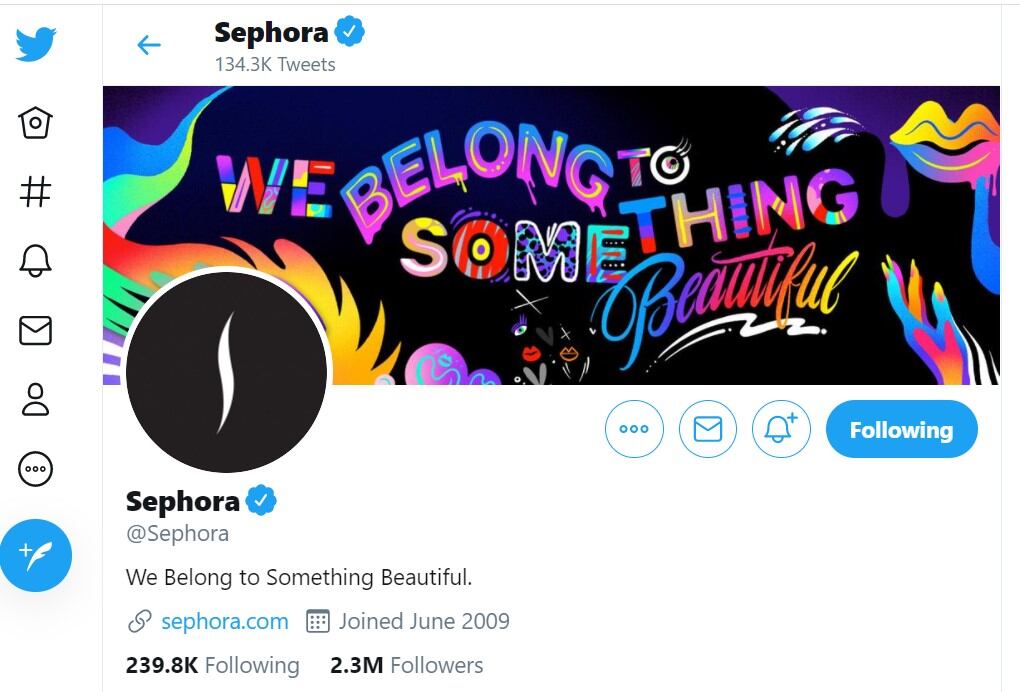
Whilst both Sephora and Ulta Beauty had “considerably tight control” over their ego-network communications – engagement conducted via their branded @ handles – they had a lot less control over their hashtag networks; especially the case for Sephora.
“Unlike its ego-networks, the global brand Sephora was often not an important part of its hashtag network, and thus was not able to maintain strong control over communications and messages in these networks,” the study said.
Tougher for an international cosmetics brand?
The study found that whilst both cosmetic retail brands shared “many similarities” regarding how they operated on Twitter, the brands experienced “markedly different relevance and presence on social media”.
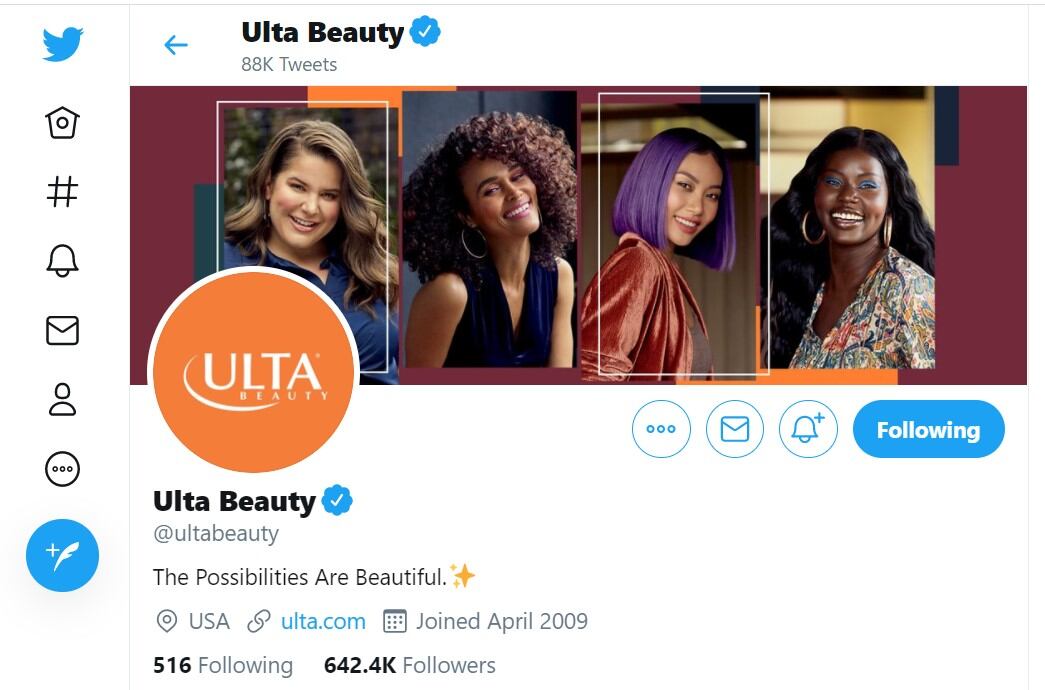
Ulta Beauty had “more importance” in its networks versus Sephora, the researchers said.
It was “certainly possible” that Sephora’s 2.3 million Twitter followers versus Ulta Beauty’s 624,000 contributed to this, they said, leading to it not being able to exhibit as much control within its network. Sephora’s international reach and subsequent need to engage across various time zones and in multiple languages, versus Ulta Beauty’s primary focus on North America in the English language, also “presented difficulties”, they said.
“The very nature of being an international brand may hamper Sephora’s ability to effectively use social media as a communication tool to engage with and capture the attention of a wide array of audiences worldwide,” the researchers said.
In addition, it was becoming increasingly tough to truly connect with consumers on social media networks, they said. “Consumers will follow brands and engage with their marketing messages only when they find the content and information valuable to them,” they said.
Beyond presenting a challenge, though, the researchers said this also presented a clear opportunity for social media to “serve an important role as a vehicle for brands to make close connections with the customers”, rather than just using the platforms to deliver marketing messages.
Hashtags versus handles – can beauty control social media noise?
Findings from the study showed most communication and engagement via Twitter ego-networks were centred around questions and complaints relating to products or promotions. This, in turn, meant many communications on these networks were between the brand and an individual and far from viral, the researchers said.
This was a phenomenon seen elsewhere in retail and services, they noted, with many branded social media handles simply turned into “another customer service line”.
“This phenomenon may indicate the lack of ‘viral’ content that appeal to larger social media users in the brands’ social media strategy. When such a pattern is observed in a brand’s social networks over an extended time period, social media marketers should review the content of their social media interactions and take corrective actions to best leverage the potential of their ego-networks.”
Moving forward, the researchers said this study and its findings could provide “unique, practical insights” for social media marketers of retail brands, inspiring them to “constantly monitor” their networks and “establish proper strategies based on how messages are spread and promoted within their networks”.
They said future studies analysing brand engagement on social media should also be conducted for longer periods of time, particularly during crisis events that could impact network behaviour on social media channels, to gain additional valuable insight.
Source: Retailing and Consumer Services
Published online ahead of print on September 16, doi: 10.1016/j.jretconser.2020.102301
Title: “Social network analysis and domestic and international retailers: An investigation of social media networks of cosmetic brands”
Authors: NM. Watanabe, J. Kim and J. Park


